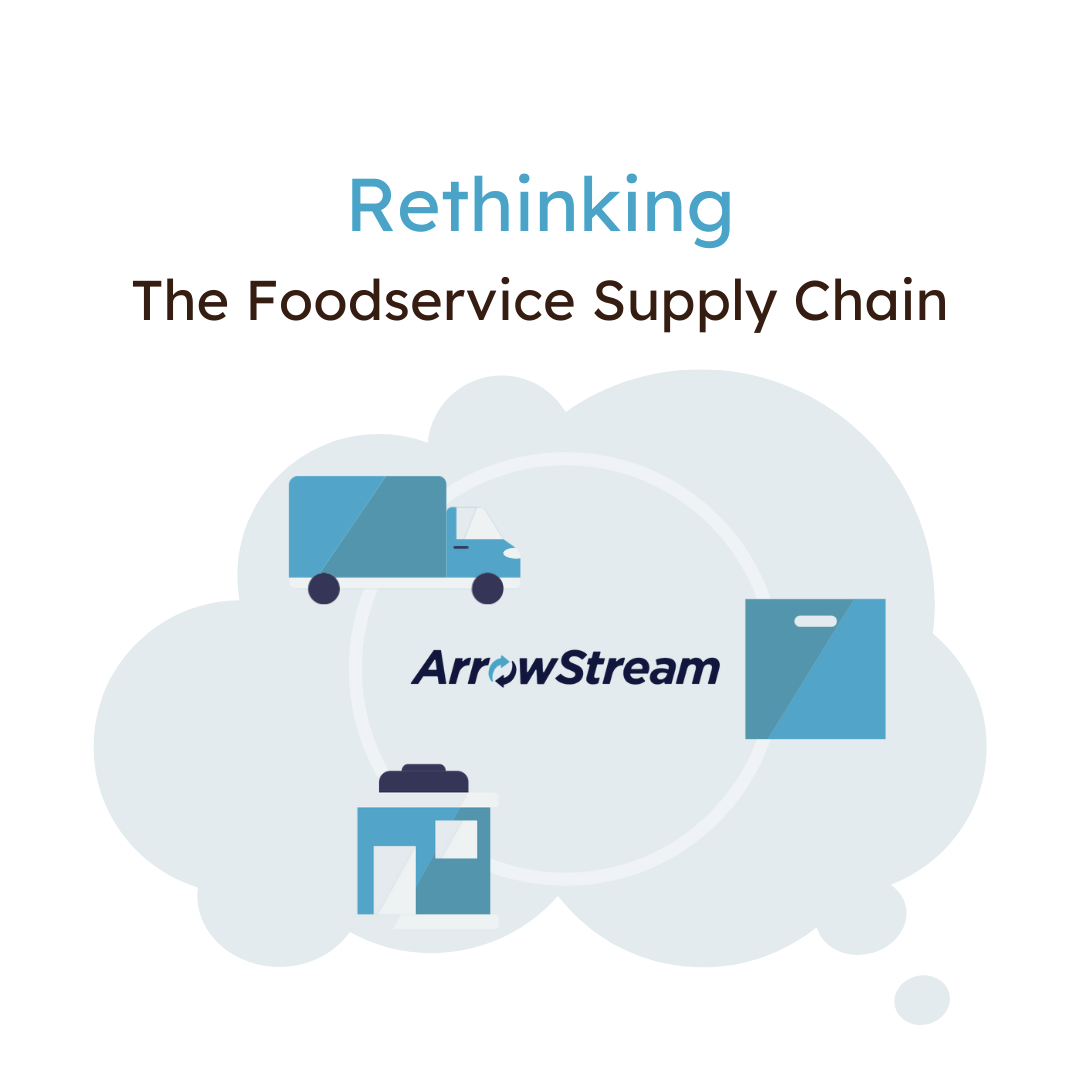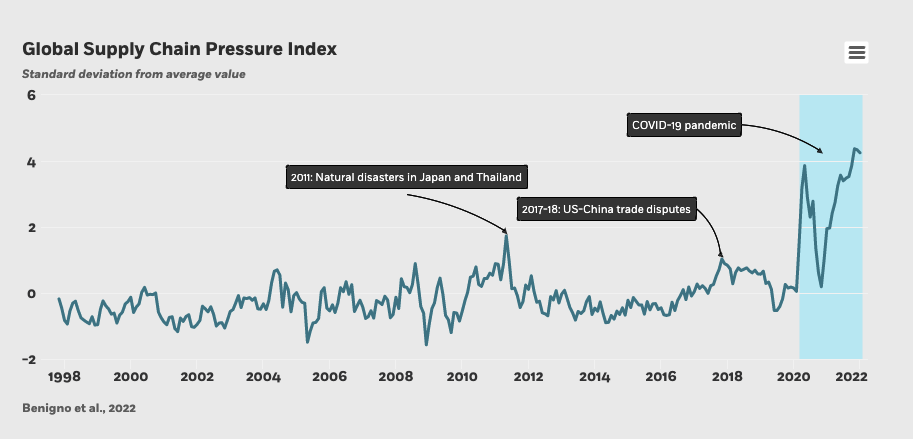
The coronavirus pandemic and the ensuing regulations to prevent its spread largely paralyzed the global food supply chain. However, the chaos and destruction have paved the way for new advancements and innovations in the industry as companies have been incentivized to secure the integrity of their supply chains.
Various events over the past 20 years have stressed supply chains, but none as much as the pandemic. The pandemic drew awareness to the fact that the relentless recent focus on profitability has compromised reliability, and that supply chains are extremely vulnerable amidst times of disruption. The damage inflicted on the industry has reflected how present foodservice distribution and supply chain models are antiquated and in dire need of modernization.

Although many of the restrictions of the pandemic have been alleviated, the global food supply chain has encountered new disruptions in its aftermath, and will, in all likelihood, continue to do so. The world supply chain is being driven towards prioritizing resilience and flexibility in addition to profit. The drive for making supply chains environmentally- friendly and sustainable adds yet another dimension.
The pandemic forced restaurant operators to reconsider their approach to supply chain management and invest in its improvement. The landscape of the restaurant supply chain is changing rapidly with the application of new technology, digitizing the management of logistics, food safety, and restaurant productivity. The global foodservice supply chain comprises over $1 trillion in annual sales – foodservice equipment sales total $37 billion, and the rapidly-expanding foodservice technology market is approaching $500 million. Investments from foodservice operators, suppliers, distributors, and technology companies are expected to create major market shifts over the next few years.
McDonald's is already modernizing its operations and speeding up its drive-throughs by implementing automated voice recognition technology at some of its locations. They have also tested the use of artificial intelligence that scans license plates to predict orders (with customer permission). In the words of Lucy Brady, McDonald’s chief digital customer engagement officer, “We’re really looking systematically at that customer experience and thinking, ‘Where can technology make this better and easier and faster?’” While it is mostly the larger companies who are implementing new technology to manage their restaurants and supply chains, there is also an opportunity for smaller-scale enterprises to modernize their operations.
The ArrowStream foodservice cloud is the industry-leading supply chain management platform. ArrowStream allows for end-to-end visibility of your restaurant supply chain, offering real-time statistical metrics on supplier performance so you can identify potential problems and effectively leverage business across your supply chain. The platform also enables you to source strategically, save money on contracts, recover more credits, and handle shipment incidents more efficiently. The global foodservice supply chain is vulnerable in times of disaster and you need to ensure its security and resilience before the next major disruption.
Give up outdated methods of management and modernize your supply chain so it can endure the next crisis unscathed, sign up here.
